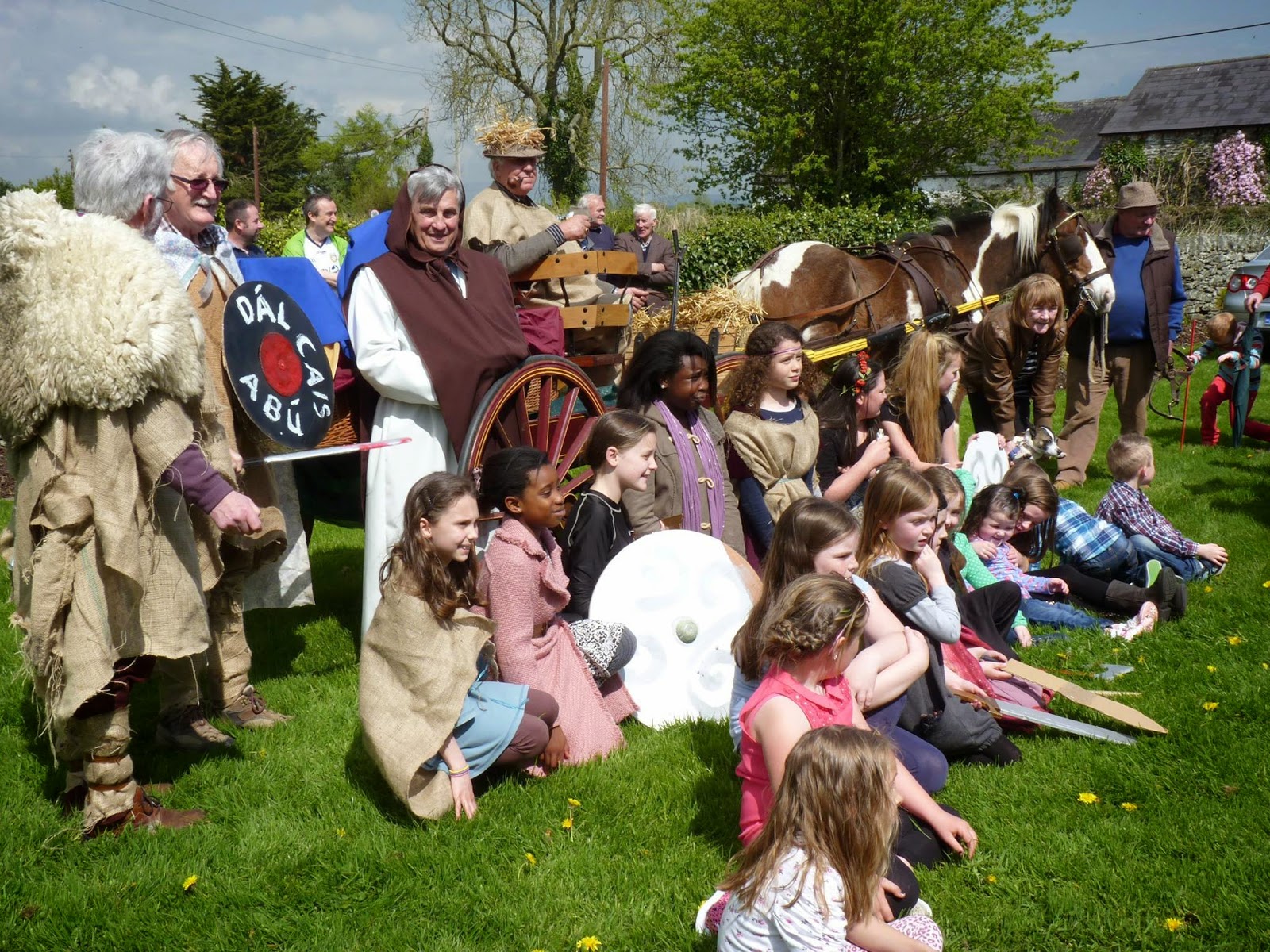(At London 2012, yesterday 3 August, a 56 year old
shot-put record fell held by Parry O'Brien since 1956. On the list of
100 memorial U.S. Olympians, O'Brien was positioned at #48.)
Parry O’Brien, Pioneer in Shot-Putting
Technique, Dies at 75
Published: April 23, 2007:
New York Times
Correction Appended
Parry O’Brien, who revolutionized
shot-putting technique, won three Olympic medals (two gold) and became the
first man to reach 59, 60, 61, 62 and 63 feet, died Saturday during a masters
swimming race in Santa Clarita, Calif. He was 75 and lived in Rancho Belago,
Calif., west of Palm Springs.
O’Brien’s death was announced by his
wife, Terri, who said he had a heart attack midway through a 500-yard freestyle
race. She said he took up swimming in the 1990s when shot-putting became too
painful for his joints.
When O’Brien’s shot-putting career
began, athletes would stand at the rear inside the seven-foot-ring. Then they
would hop, turn 90 degrees and propel the 16-pound iron ball.
At the University of Southern California, O’Brien
could not surpass 55 feet. In 1951, after losing to Otis Chandler in the Fresno
Relays, he returned home to Santa Monica, Calif.
At 3 the next morning, by street
lights on a vacant lot next door, he experimented with a 180-degree turn.
The theory, he said later, was that
“the longer you are pushing, the farther the shot will go.”
Now, shot-putters push even longer,
spinning like discus throwers before releasing the shot.
O’Brien’s success with his new style
was stunning. In 1954, two days after Roger Bannister was the first to run the
mile in less than four minutes, O’Brien became the first to put the shot 60
feet. That came in the middle of a victory streak of 116 meets.
From 1953 to 1959, he broke the
world record 17 times, starting with 59 feet ¾ inch and raising it to 63-4. He
won 17 American titles in the shot-put and one in the discus.
In the Olympics, he won gold medals
in 1952 and 1956 and a silver medal in 1960. In 1964, after he carried the
American flag in the opening ceremony, he finished fourth.
 In 1959, he won the Sullivan Award
as the United States’ outstanding amateur athlete. He was elected to the United
States Track and Field Hall of Fame in 1974 and the United States Olympic Hall
of Fame in 1984.
In 1959, he won the Sullivan Award
as the United States’ outstanding amateur athlete. He was elected to the United
States Track and Field Hall of Fame in 1974 and the United States Olympic Hall
of Fame in 1984.
He took 150 practice puts a day and
said, “I don’t quit until my hands bleed, and that’s the God’s truth.” He
studied physics, aerodynamics, religions and yoga, anything he thought might
help him put the shot farther.
William Parry O’Brien Jr. was born
Jan. 19, 1932, in Santa Monica. As a pudgy high school freshman, he sustained
an injury in a football scrimmage, ending his career. But he grew to 6-3 and
240 pounds and became one of the best shot-putters ever.
In 1966, after retiring from
competition, he worked in commercial banking, real estate and civil
engineering.
In addition to his wife, he is
survived by two daughters, Shauna, of Corona, Calif., and Erin, of Pacific
Palisades, Calif.; two stepsons, Erik Skorge of Seattle and Norman Skorge of
Honolulu; and seven grandchildren.
Correction: April 26, 2007
An obituary on Monday about Parry O’Brien, the shot-putting champion,
misstated the year he last broke the world record, and the distance. It was
1959, not 1966, and the record distance was 63 feet 4 inches, not 63-3.






































